How Annapolis Retaining Wall And Garden Wall Construction can Save You Time, Stress, and Money.

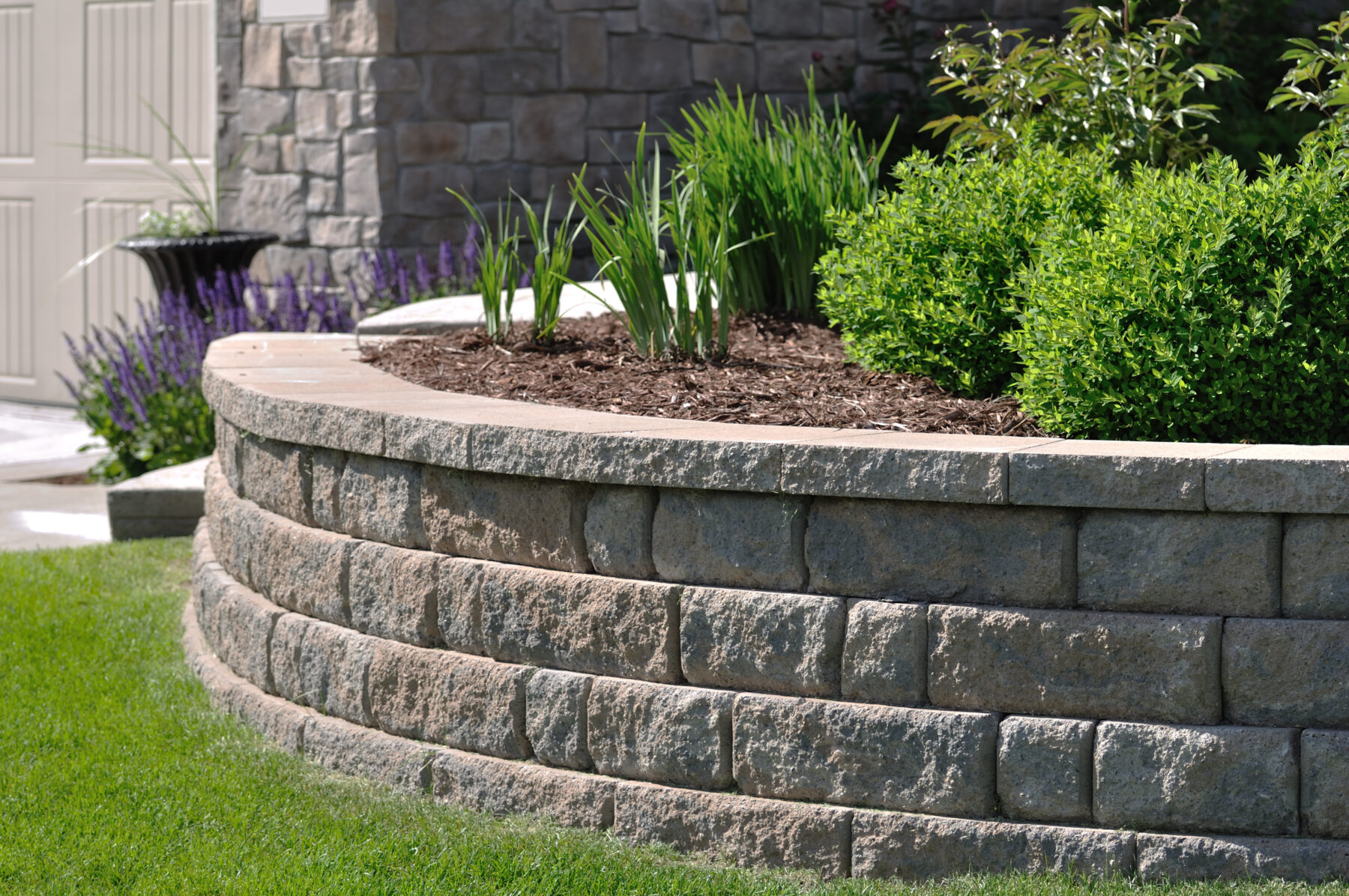
A wall for keeping in place a mass of earth or such, as beside a terrace or excavation. A preserving wall surface is a structure designed as well as created to stand up to the side pressure of soil, when there is a wanted modification in ground altitude that exceeds the angle of repose of the soil.
But the term typically describes a cantilever keeping wall, which is a free standing structure without lateral support at its top. These are cantilevered from a ground as well as rise over the quality on one side to keep a higher level quality on the opposite side - Annapolis Retaining Wall and Garden Wall Construction. The walls should withstand the lateral stress produced by loosened soils or, in some cases, water stress.
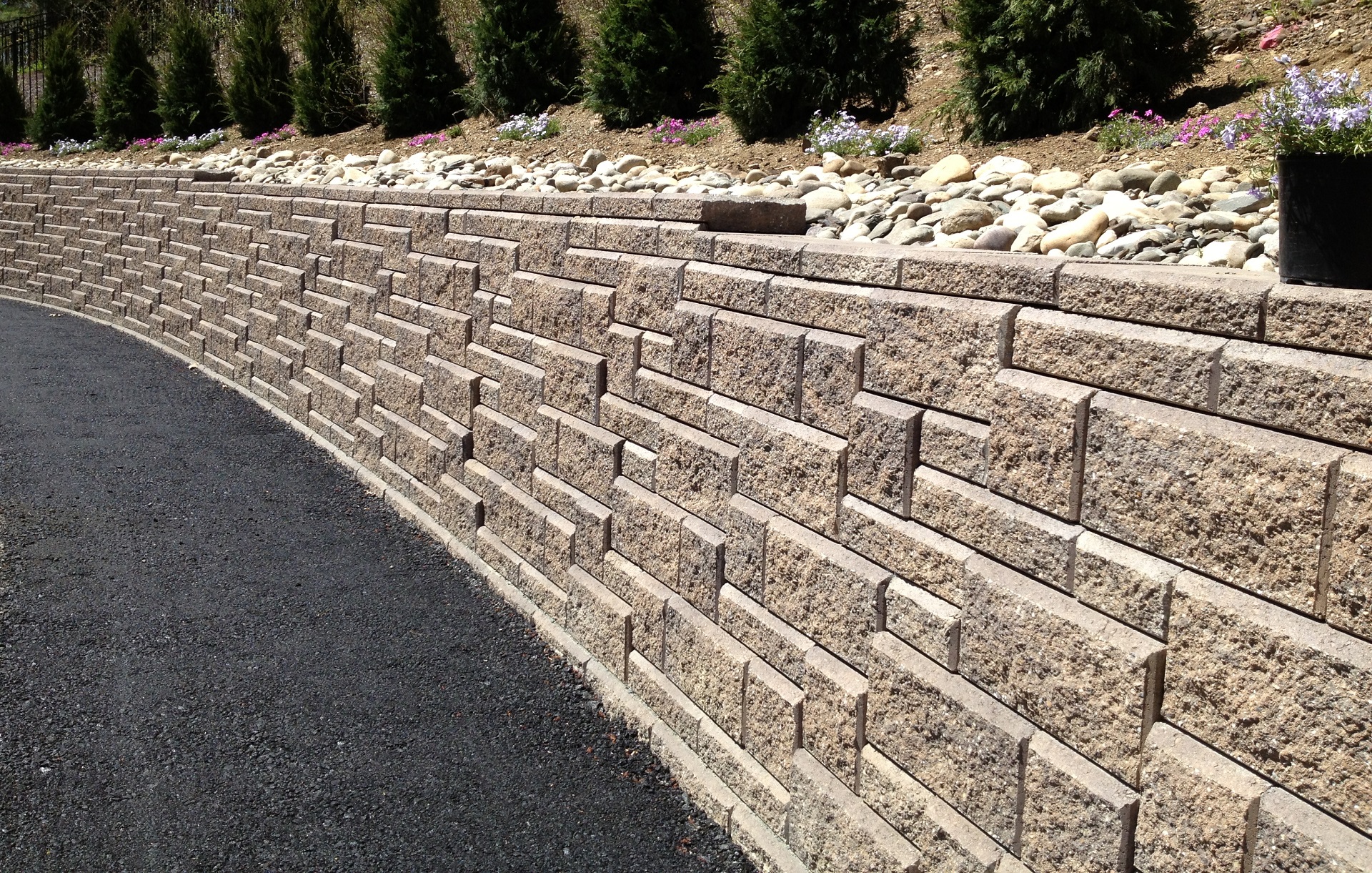
The wedge is defined as the soil which extends beyond the failing plane of the dirt kind present at the wall surface site, as well as can be calculated when the soil friction angle is understood. As the setback of the wall increases, the size of the gliding wedge is minimized. This decrease decreases the pressure on the retaining wall.

This produces lateral planet stress behind the wall which relies on the angle of internal rubbing (phi) and the natural strength (c) of the retained product, along with the direction as well as magnitude of activity the preserving framework undergoes. Lateral planet pressures are absolutely no on top of the wall and also in identical ground boost proportionally to a maximum value at the most affordable deepness.
Not known Facts About Annapolis Retaining Wall And Garden Wall Construction
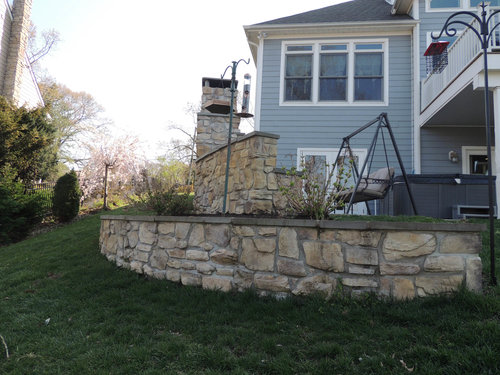
Also, any type of groundwater behind the wall that is not dissipated by a drain system creates hydrostatic pressure on the wall. The overall stress or drive may be assumed to act at one-third from the cheapest deepness for lengthwise stretches of uniform elevation. Annapolis Retaining Wall and Garden Wall Construction. It is essential to have appropriate drain behind the wall surface in order to limit the stress to the wall's design worth.

Dry-stacked gravity walls are rather flexible as Check This Out well as do not call for a stiff ground. Earlier in the 20th century, taller keeping walls were usually gravity walls made from large masses of concrete or rock. Today, taller preserving wall surfaces are significantly constructed as composite gravity wall surfaces such as: geosynthetics such as geocell cellular arrest planet retention or with precast encountering; gabions (stacked steel wire baskets full of rocks); crib wall surfaces (cells developed up log cabin design from precast concrete or wood as well as full of granular material).
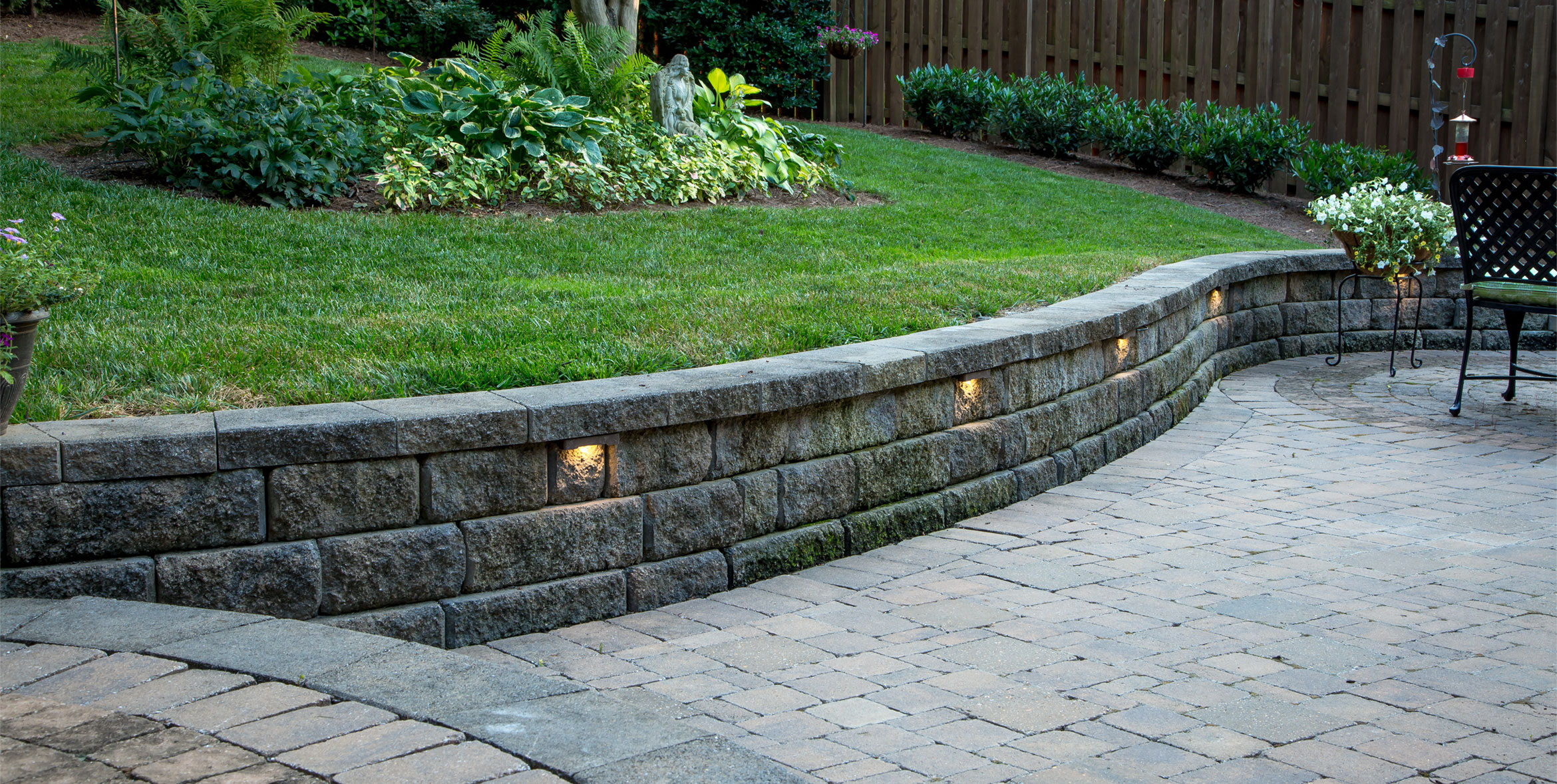
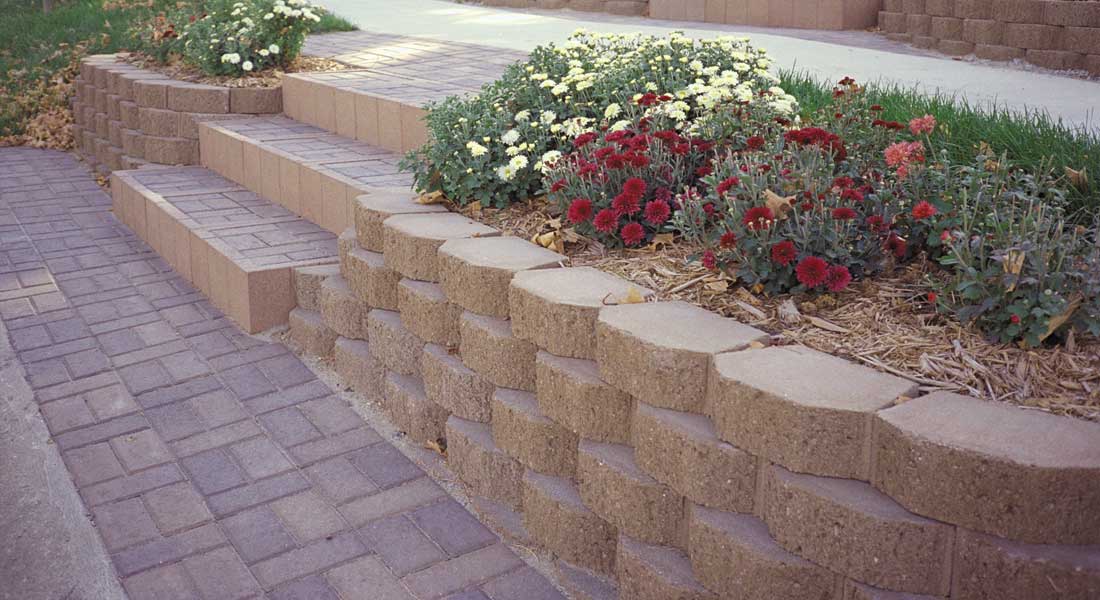
Fascination About Annapolis Retaining Wall And Garden Wall Construction
For a quick price quote the material is generally driven 1/3 above ground, 2/3 listed below ground, however this might be altered relying on the environment. Taller sheet pile walls will certainly need a tie-back support, or "dead-man" put in the soil a distance behind the face of the wall surface, that is tied to the wall surface, normally by a cable or a pole.
Bored heap retaining wall surfaces are developed by constructing a sequence of bored piles, proceeded by excavating away the excess dirt. Depending upon the job, the bored stack preserving wall may consist of a series of planet anchors, strengthening beam of lights, dirt improvement check this operations as well as shotcrete support layer. This building and construction method has a tendency to be used in situations where sheet piling is a legitimate construction option, however where the vibration or sound degrees generated by a pile chauffeur are not acceptable.
Normally driven into the material with boring, anchors are then increased at the end of the cord, either by mechanical means or frequently by injecting pressurized concrete, which expands to form a bulb in the dirt. Technically complex, this technique is extremely beneficial where high loads are expected, or where the wall itself has to be slim and would otherwise be as well weak.
Benches are usually mounted right into a pre-drilled opening and afterwards grouted into place or drilled and grouted concurrently. They are generally mounted untensioned at a mild descending disposition. An inflexible or versatile facing (commonly splashed concrete) or separated dirt nail heads may be made use of at the surface area. A variety of systems exist that do not include just the wall surface, but decrease the earth stress acting straight on the wall.